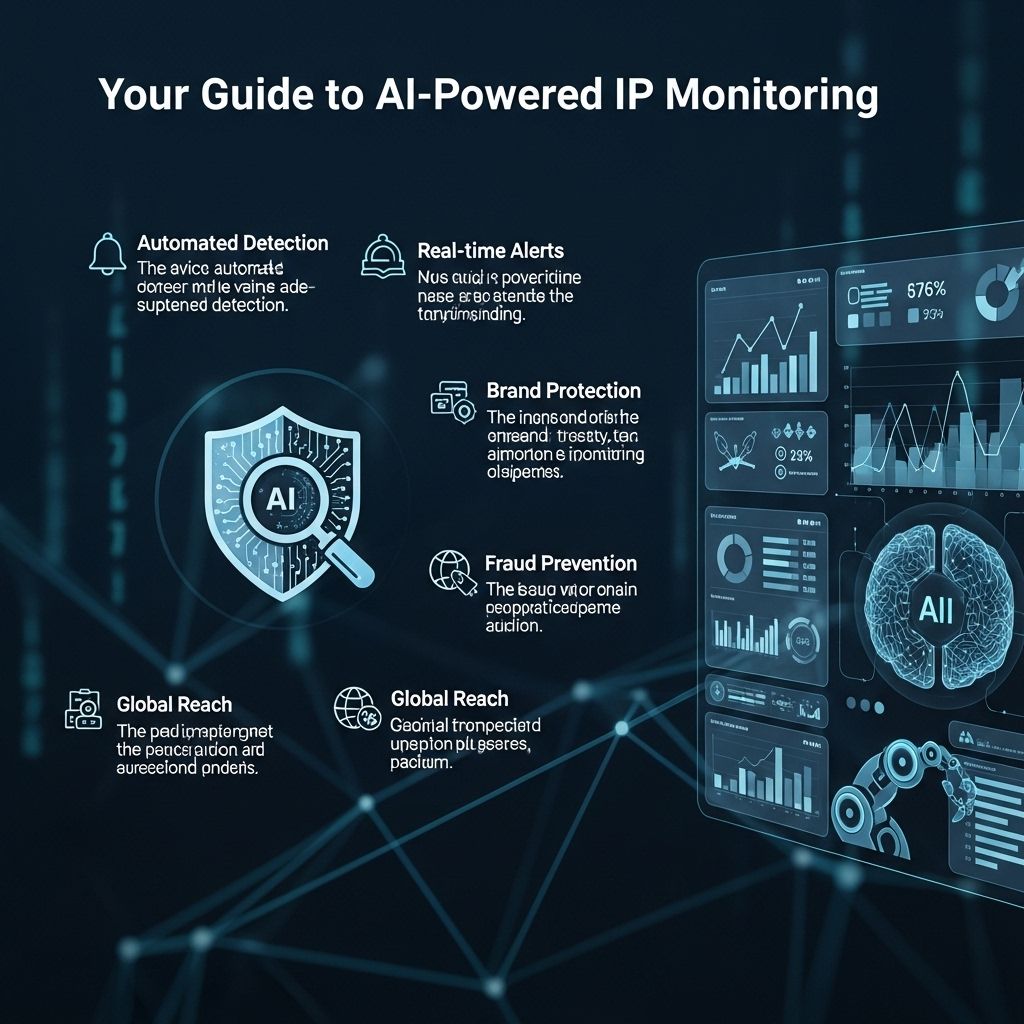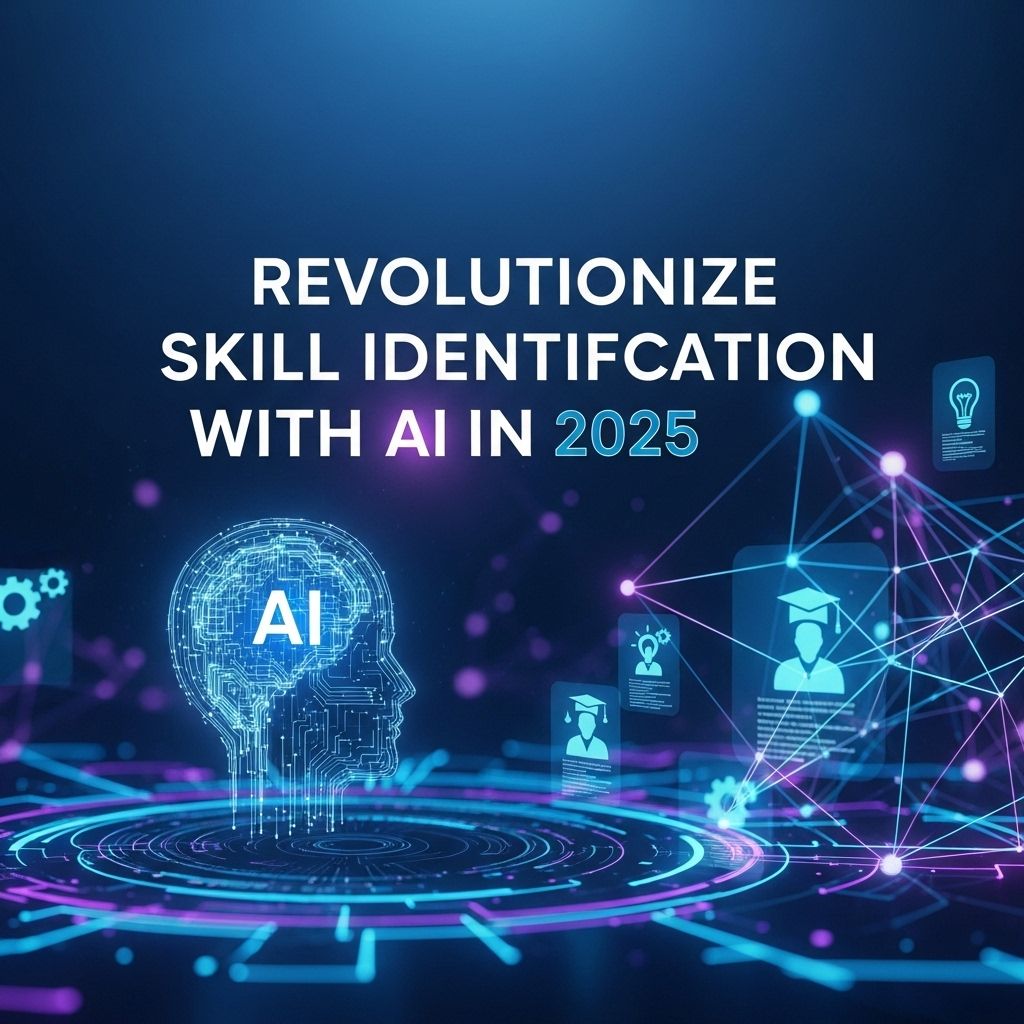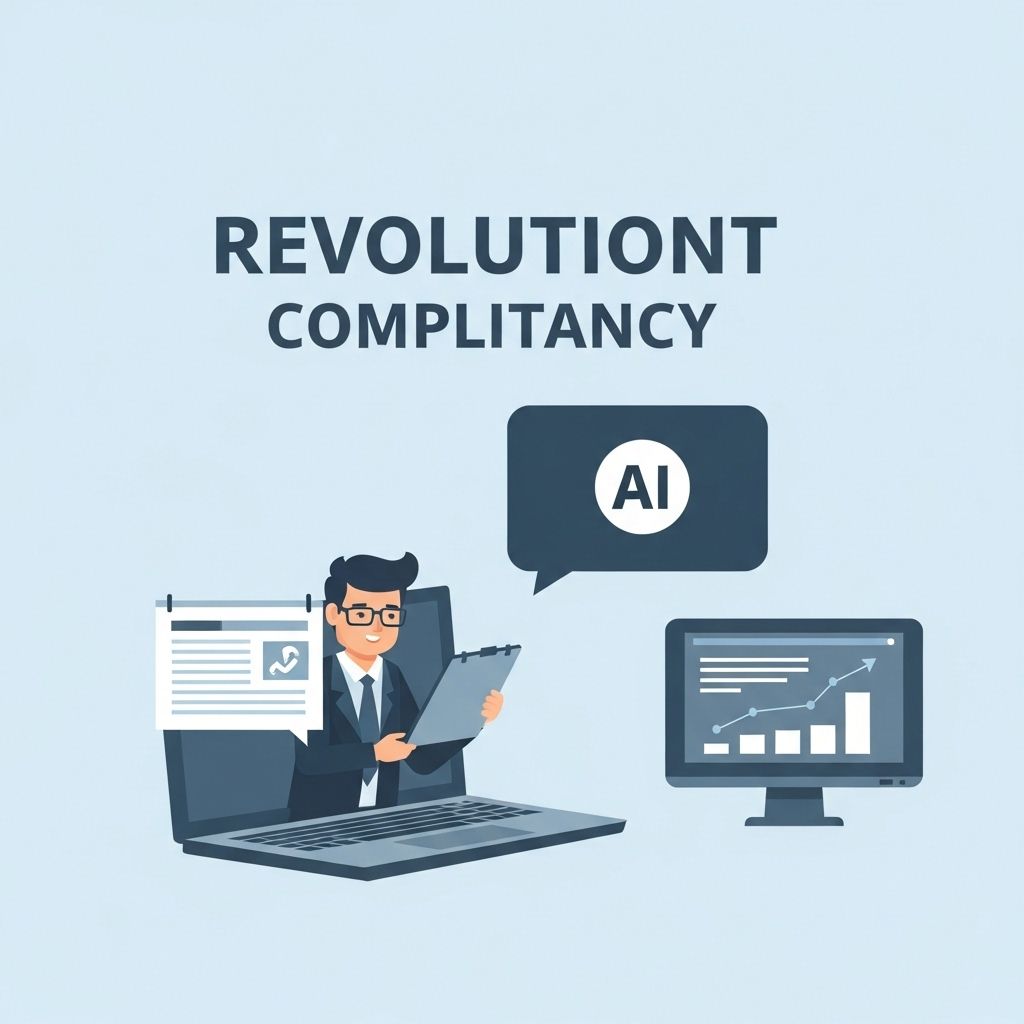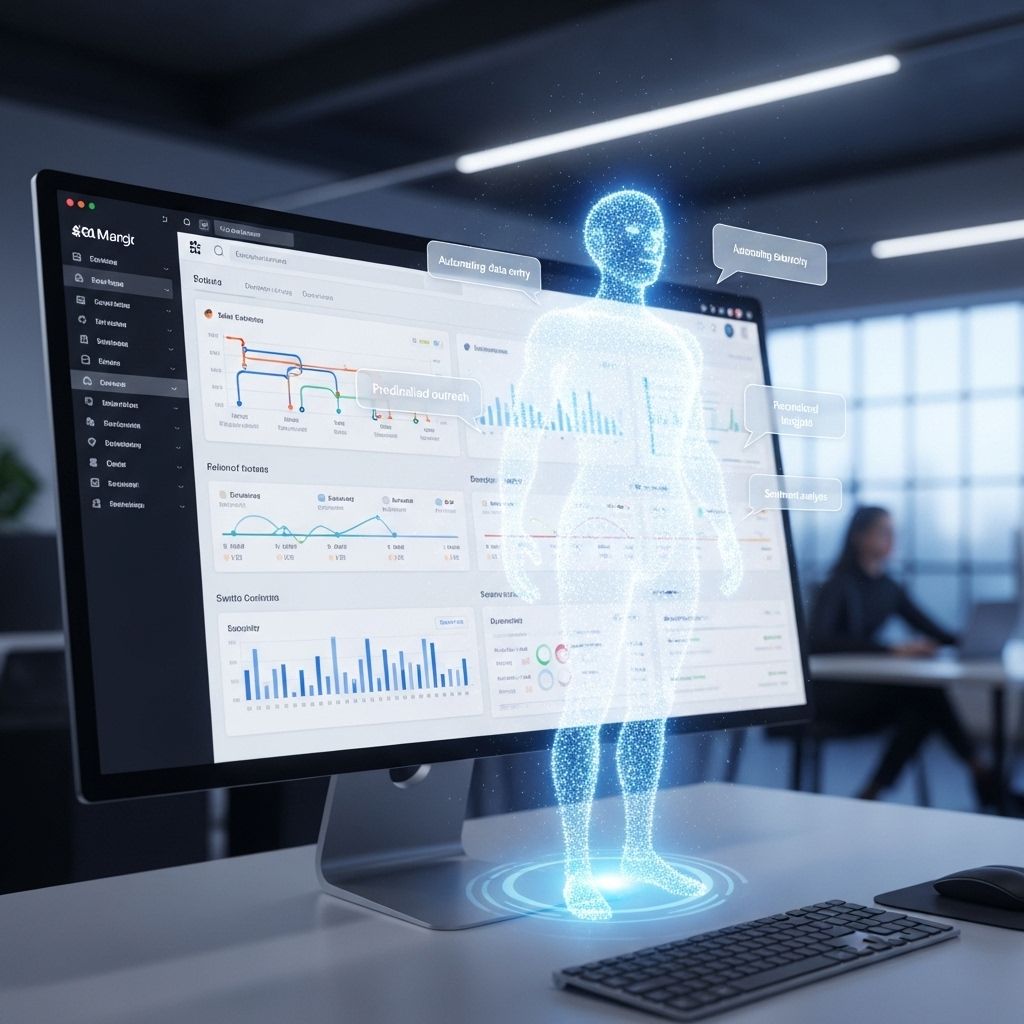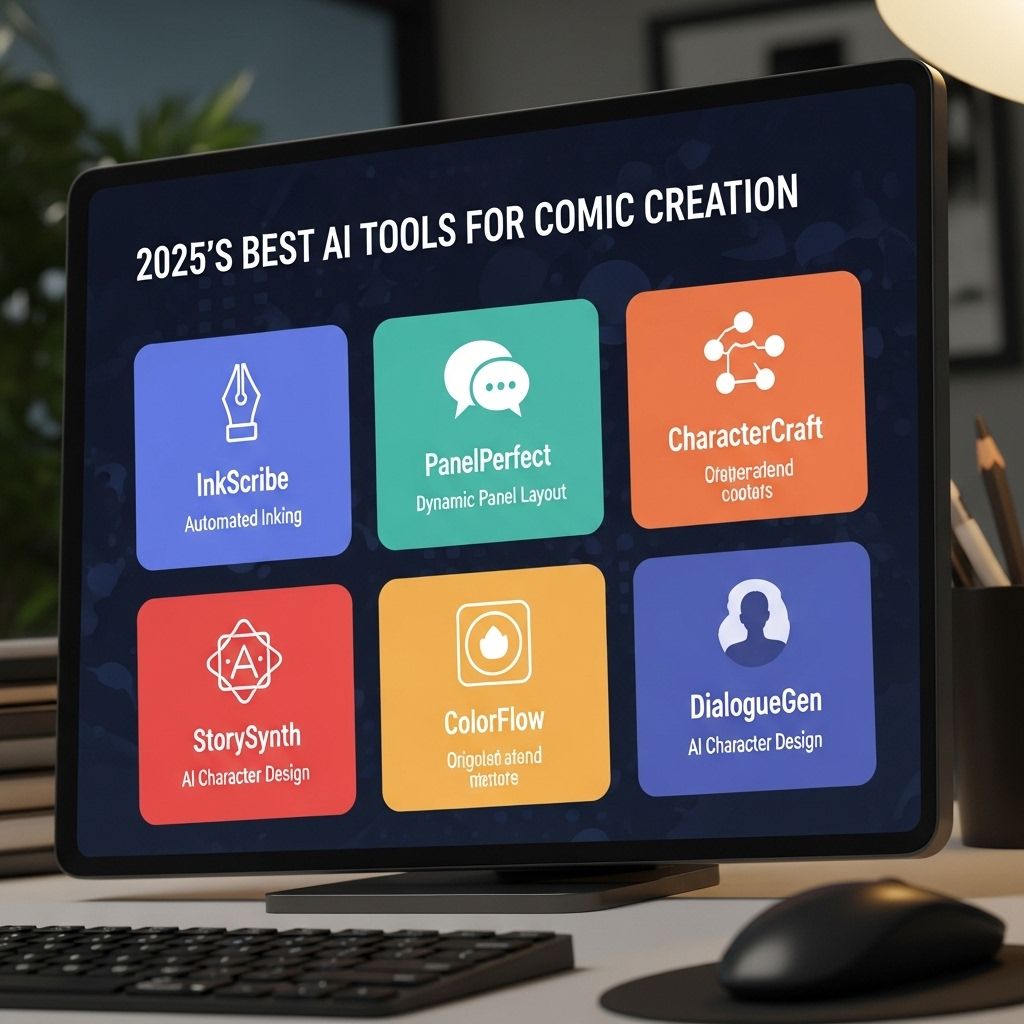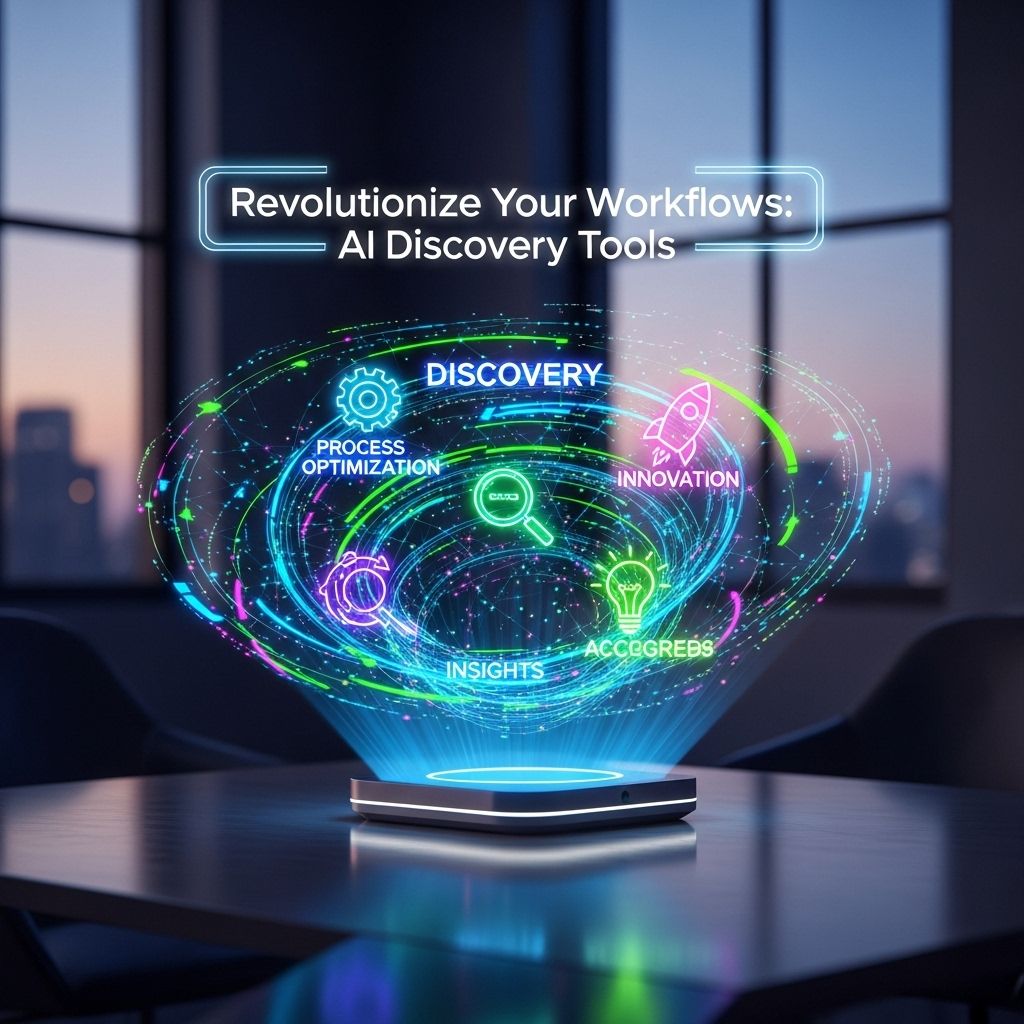Streamline Your Interview Transcription with AI
Discover how AI can simplify and enhance your interview transcription process, saving time and improving accuracy.
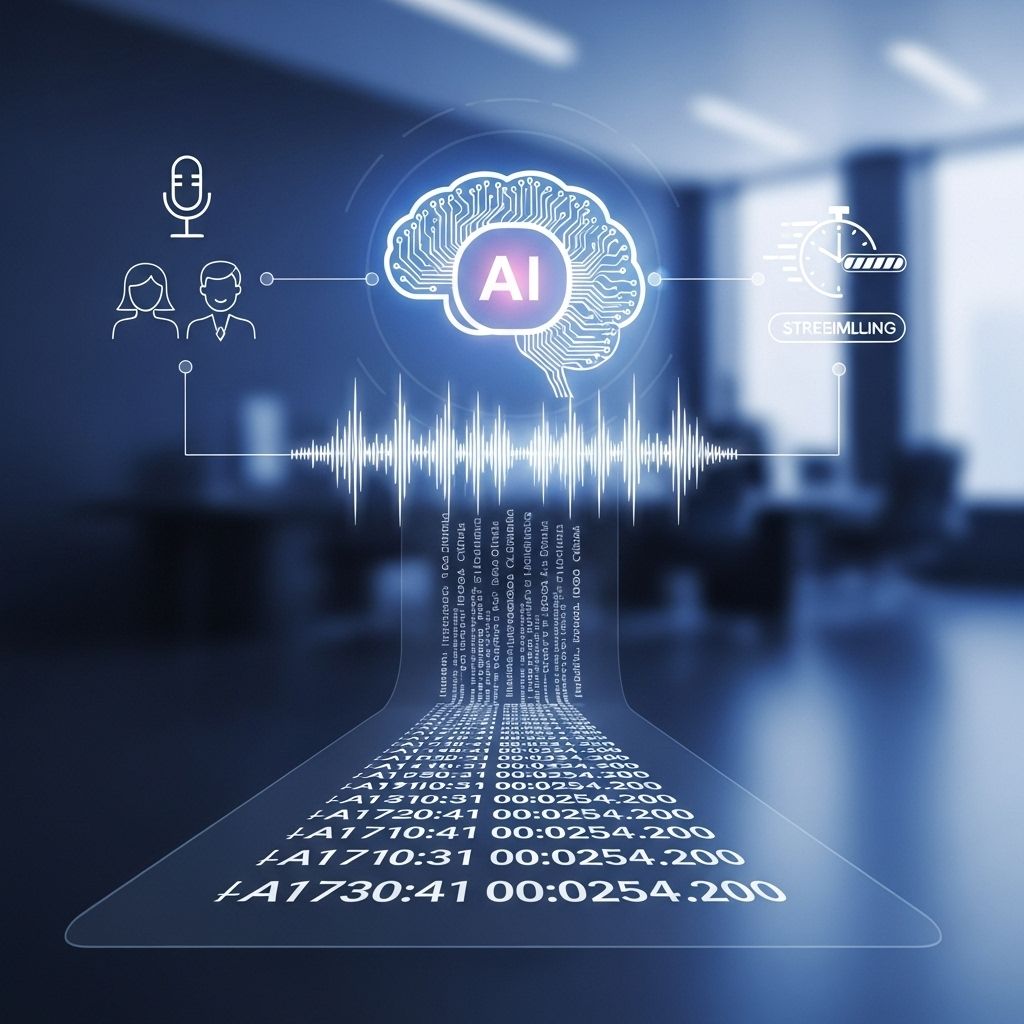
In today’s fast-paced world, the demand for efficient and accurate transcription services has never been higher. As businesses and professionals rely increasingly on recorded interviews for research, journalism, and various forms of content creation, the need to streamline the transcription process is critical. Enter AI-powered transcription tools, which promise to revolutionize how we handle audio-to-text conversion. This article explores the benefits, technologies, and best practices of leveraging AI in interview transcription.
Table of Contents
The Rise of AI in Transcription
Artificial Intelligence has made significant strides in recent years, especially in natural language processing (NLP) and speech recognition. These advancements have led to the development of sophisticated tools that can transcribe audio files with remarkable speed and accuracy. AI transcription tools are increasingly being adopted by various industries for numerous reasons:
- Time Efficiency: AI can process hours of audio within minutes, drastically reducing the time required for transcription.
- Cost-Effectiveness: Automated solutions often come at a fraction of the cost of human transcription services.
- Scalability: Businesses can easily scale up transcription efforts without the need to hire additional staff.
- Consistency: AI tools provide uniformity in transcription, minimizing variation that can arise from different human transcribers.
How AI Transcription Works
The underlying technology in AI transcription combines several key components:
1. Speech Recognition
At its core, AI transcription relies on advanced speech recognition algorithms that convert spoken language into text. These algorithms are trained on vast datasets to learn the nuances of different languages, accents, and dialects. Key techniques include:
- Deep Learning: Using neural networks to improve the accuracy of audio recognition.
- Phoneme Recognition: Breaking down spoken words into their basic sound units to enhance understanding.
2. Natural Language Processing (NLP)
NLP technologies help the transcription software understand context, grammar, and punctuation, making the final output more readable. Tasks often handled by NLP include:
- Identifying speakers in a conversation
- Correcting grammatical errors
- Understanding context and sentiment
3. Machine Learning
Machine learning allows transcription tools to continuously improve through self-learning from past transcriptions. This leads to:
- Increased accuracy over time
- Better handling of industry-specific jargon or terminology
Top AI Transcription Tools
There are several AI-powered transcription tools available on the market, each offering unique features tailored to different user needs. Here are some notable mentions:
| Tool | Key Features | Pricing |
|---|---|---|
| Otter.ai | Real-time transcription, speaker identification, integration with Zoom | Free tier, paid plans from $8.33/month |
| Descript | Audio editing, screen recording, collaboration tools | Starting from $12/month |
| Rev.ai | Custom vocabulary, high accuracy, fast turnaround | $0.25 per minute |
| Sonix | Multi-language support, automated translation, in-browser editing | Starting from $10/hour |
Best Practices for Using AI Transcription
While AI transcription tools are powerful, there are best practices to ensure optimal results:
1. Quality Audio Input
To achieve the best transcription accuracy, ensure that the audio files are of high quality:
- Minimize background noise
- Use high-quality microphones
- Ensure all speakers are clearly audible
2. Familiarize with Tool Features
Each transcription tool has unique features. Familiarize yourself with them to utilize the software effectively:
- Explore editing capabilities
- Utilize speaker tagging
- Experiment with formatting options
3. Proofread Transcriptions
Despite their advanced capabilities, AI tools may still misinterpret certain words or phrases. It’s essential to:
- Review the output for errors
- Verify speaker labels
- Check for formatting issues
Challenges of AI Transcription
While AI transcription has its advantages, it is not without challenges:
1. Accents and Dialects
AI transcription tools may struggle with strong accents or less common dialects, resulting in inaccuracies. Organizations in global markets need to consider this when selecting a tool.
2. Contextual Understanding
AI may misinterpret words based on context, especially industry-specific jargon. This can lead to erroneous transcriptions that require manual correction.
3. Privacy and Security
As with any digital service, data privacy is crucial. Ensure that the tool adheres to compliance standards and adequately protects sensitive information.
Conclusion
The integration of AI in interview transcription is paving the way for quicker, more efficient, and cost-effective solutions. By understanding the technology behind these tools and implementing best practices, professionals can maximize their transcription efficiency and accuracy. As technology continues to evolve, we can expect even greater advancements in the realm of transcription services. Embracing these changes will undoubtedly enhance productivity and enable team members to focus on the essential aspects of their work, such as analysis and decision-making.
FAQ
What is AI-powered interview transcription?
AI-powered interview transcription uses artificial intelligence to convert spoken language during interviews into text format, enhancing accuracy and efficiency.
How does AI transcription improve accuracy?
AI transcription improves accuracy by utilizing advanced algorithms and machine learning models that can recognize various accents, speech patterns, and nuances in conversation.
Can AI transcription handle multiple speakers?
Yes, AI transcription tools are designed to distinguish between multiple speakers, accurately attributing dialogue to the correct individual during interviews.
What are the benefits of using AI for interview transcription?
The benefits include time savings, increased productivity, reduced transcription costs, and the ability to quickly search and analyze interview content.
Is AI transcription secure for sensitive information?
Leading AI transcription services prioritize data privacy and security, implementing encryption and compliance with regulations to protect sensitive information.
How can I integrate AI transcription into my workflow?
AI transcription can be integrated into your workflow through various software applications and platforms that offer seamless transcription services, often with API access for customization.

